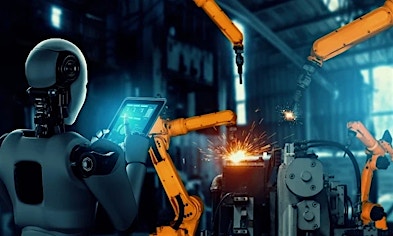Automotives are no longer just functional means of transportation. In 2022, US drivers spent an average of one hour a day behind the wheel and automotives are evolving into technology on wheels to facilitate their users.
Modern cars offer a whole gamut of integrated digital experiences in entertainment, navigation, infotainment and communication. According to Morgan Stanely, software-defined vehicles (SDVs) could account for 90% of the total auto production by 2029, up from just 3.4% in 2021.
Enabling internet access in cars has made them into digital experience centers that support new financial services and products. Automakers are collaborating with technology companies to integrate payment capabilities and popular ecommerce solutions, such as embedded payments or buy now pay later (BNPL), into their custom in-car technology systems.
Some recent industry examples.
- Hyundai started allowing payments from stored credit card information in September 2023 with the initial rollout for parking reservations and payment.
- Starting in October 2023, Mercedes-Benz with Mastercard offers fuel payments across 3,600 fuel stations in Germany.
We envision this trend to contribute to creating new revenue streams for OEMs. Here are some of the ways this trend may evolve.
- Most of the OEMs already have their captive finance arms, and products like BNPL can open revenue streams for carmakers where they can take a cut from the banking revenue generated from their installed passenger vehicle numbers in operation (PARC).
- Creation of subscription revenue streams . For e.g. - BMW charges $18 for heated seats.
- Monetizing a percentage of revenue by allowing third party apps in the platform. Ad revenue and affiliate marketing are some additional avenues to generate incremental revenue.
- Monetizing data collection and sharing services with customer approved partners and third parties.
- Generating revenue from location-based advertisements such as discount coupons for local stores and restaurants.
With our experience working with similar industries, most of the OEMs are targeting to increase subscription revenue to double digits by integrating financial options into automotives. We believe that in-car payments are just the tip of the iceberg and multiple products will evolve in this space. It is also likely that revenue and competition will intensify in the next 5-10 years. As of now, there are no dominant models and we expect new partnerships between financial institutions, OEMs and technology vendors. HCLTech works with multiple adjacent industries including banking, financial services, OEMs and technology vendors. We can enable clients with concepts, scaling and large-scale roll outs to deliver success.




